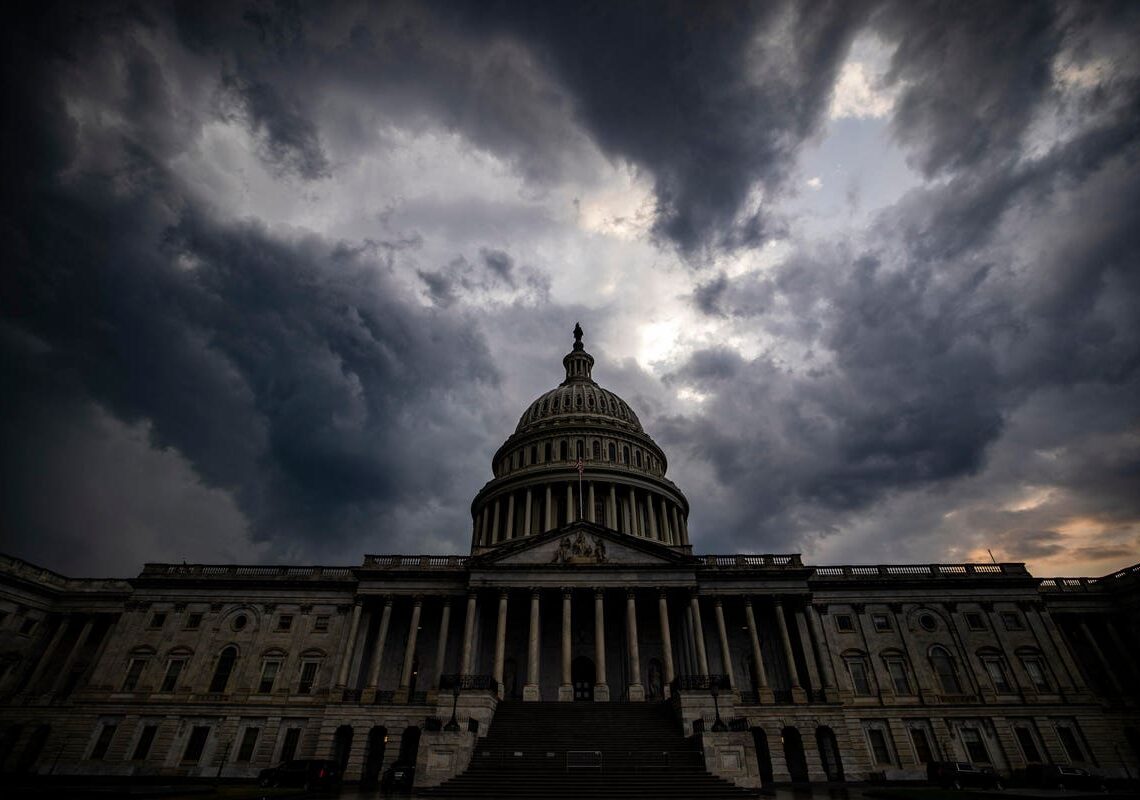Similar to the tense debt ceiling debate this summer, budget negotiations for the funding the U.S. government in fall 2023 may prompt an October government shutdown. The root cause is the same as the debt limit debate, the 2022 midterms created political gridlock between a Republican House and a Democratic controlled Senate and Presidency. However, though a government shutdown impacts economic growth, historically the effect on the markets from a shutdown has been muted.
That’s, in part, because shutdowns have historically been brief, with the longest shutdown, a partial shutdown, lasting 35 days. Most historic shutdowns have been brief, lasting 3 days or less. To ease the impact further, unpaid government employees are now legally guaranteed backpay once the shutdown ends. However, recently shutdowns have been getting longer, with two of the three longest shutdowns occurring in the past decade.
Support authors and subscribe to content
This is premium stuff. Subscribe to read the entire article.











